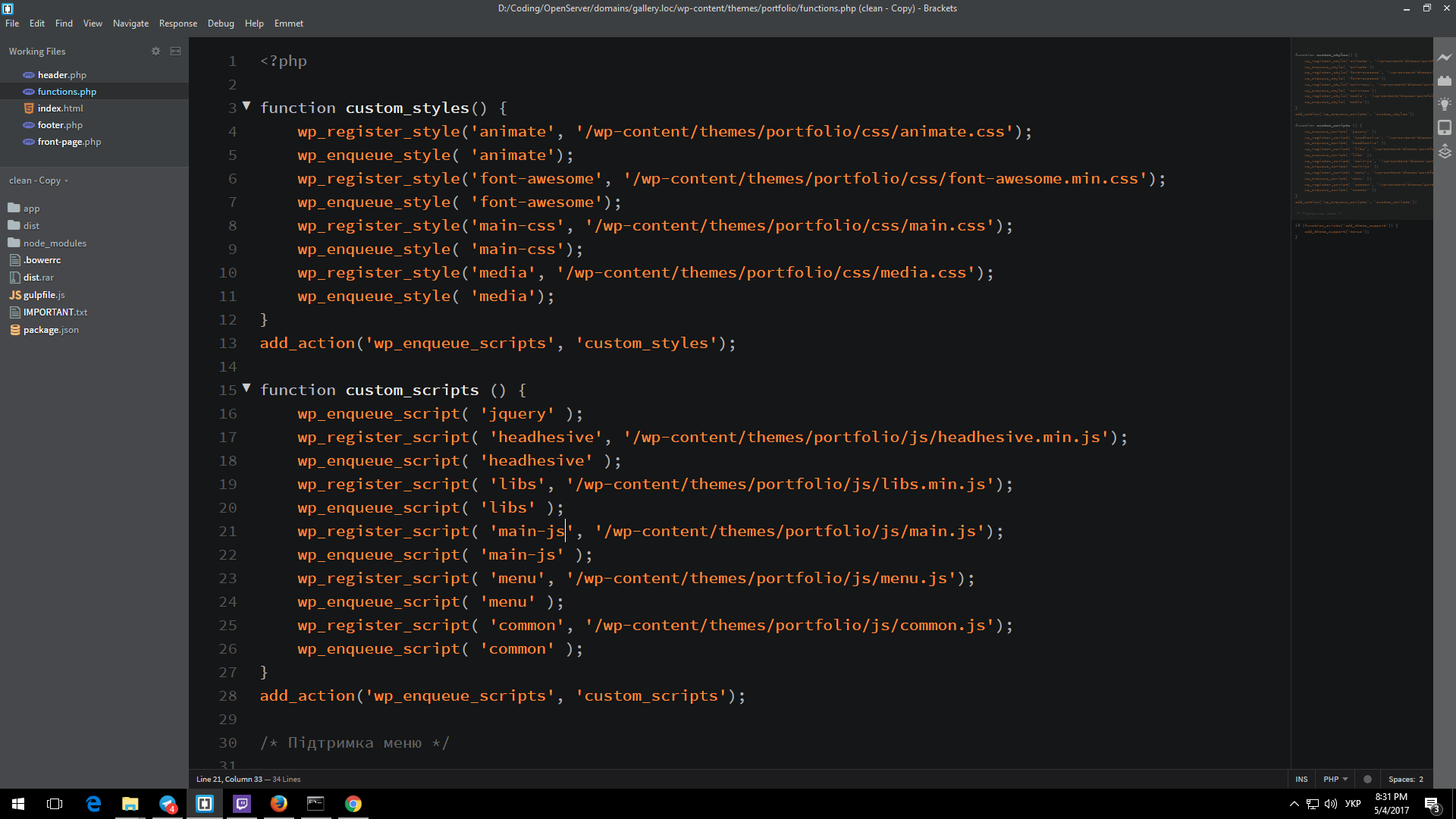Initially, it was impossible to create plugins in JavaScript, but there was no need for them. When the first websites began to appear, JS was mainly used to perform simple tasks, such as rotating images, animating menus, and so on. Later, web development became much more complex, almost as complex as creating traditional applications. And that’s when the first JS plugin appeared.
The term “plugin” refers to an independent compiled software module that connects to the main application to expand its capabilities and add new features. That is why the word “plugin” can be replaced by “JS module”, both words have the same meaning. In order not to re-solve frequently repetitive tasks, programmers began to create JavaScript plugins, which are ready-made code libraries. As a result, it has become much easier to develop interfaces and expand their functionality, and the productivity of programmers increased many times over.

Currently, the variety of plugins for JavaScript is so great that it is difficult to distinguish even the main ones. But, at the same time, such a variety allows programmers to find a ready-made software solution for almost all occasions.
Using JS plugins, even amateur programmers can easily cope with complex tasks. They no longer have to write code from scratch and take into account all the variables. They can just use ready-made versions and slightly correct them based on their specific requirements. Useful plugins include automatic form filling, object animation, video scaling, data visualization into beautiful visual diagrams, etc.
